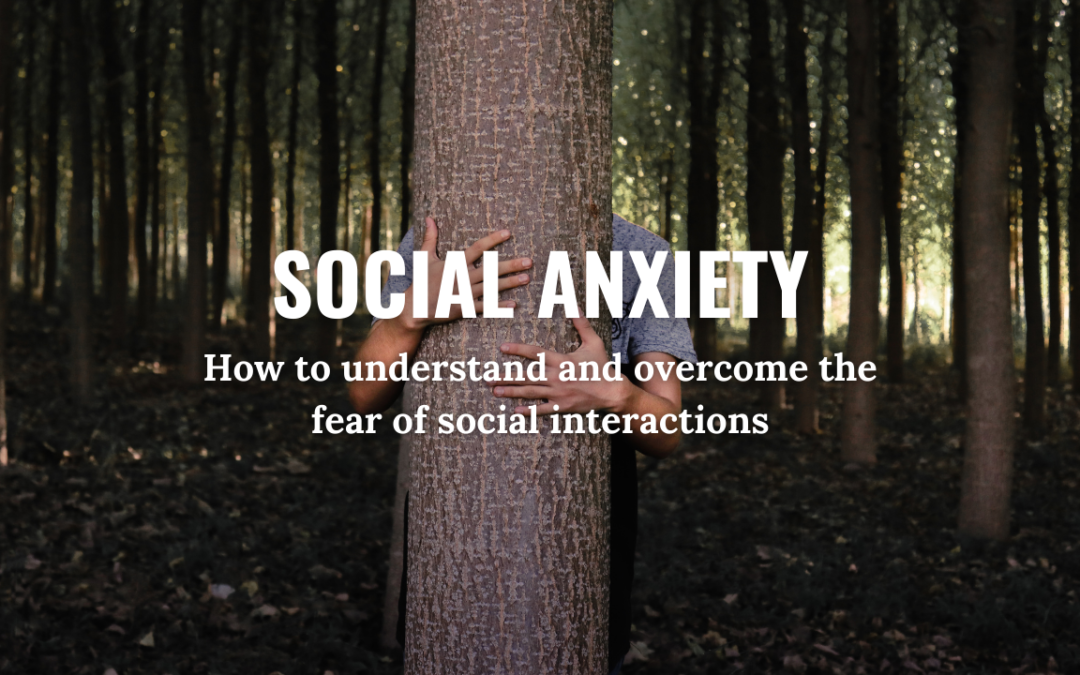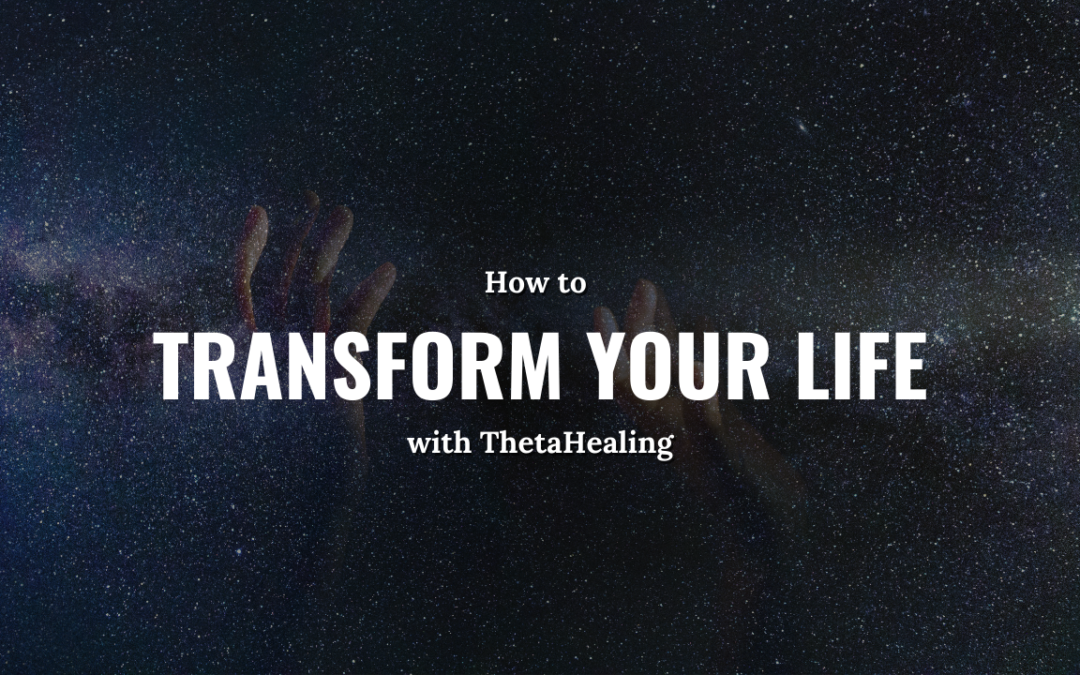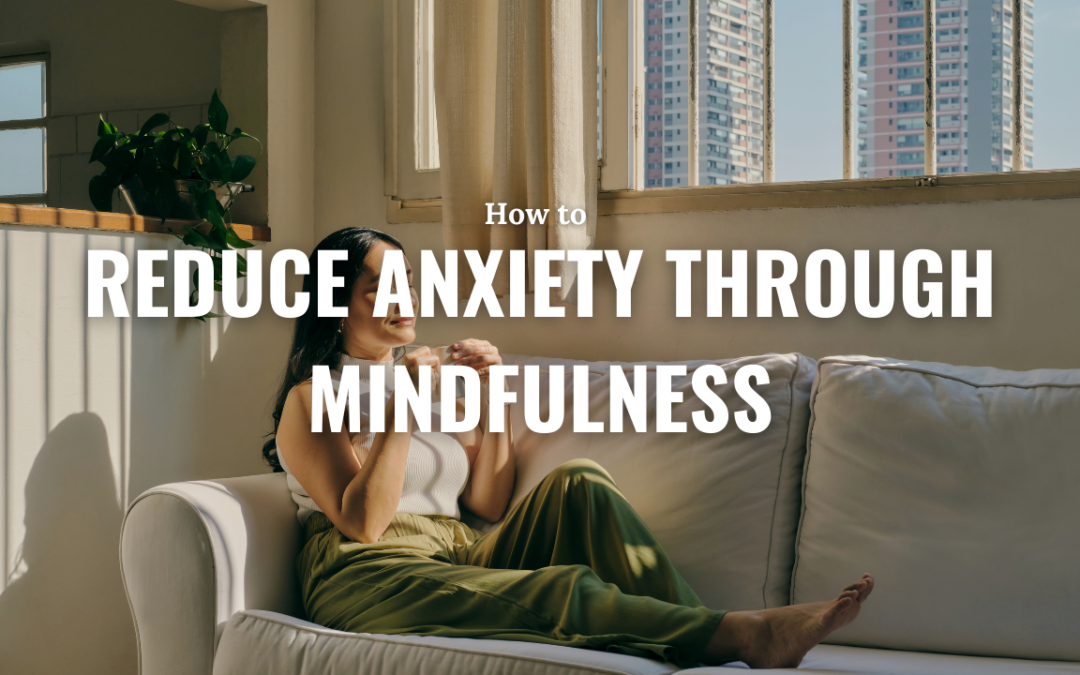
How to understand and overcome the fear of social interactions (Social Anxiety)
In an increasingly interconnected world, where personal and professional success is often influenced by our social skills, social anxiety can become a challenging barrier to overcome. Many people experience intense fear when speaking in public, attending meetings, or even entering a crowded café. With the fast pace of modern life and the constant pressure to perform, these fears can become overwhelming, affecting relationships, careers, and self-esteem.
This article is an essential guide for anyone seeking to better understand social anxiety, identify its symptoms, and discover practical solutions for managing it. You’ll learn about the most effective treatment methods, from scientifically validated therapies to alternative approaches that can bring balance and self-confidence. By reading this article, you’ll take the first steps toward a freer, more authentic life, whether you personally struggle with social anxiety or want to help a loved one.
What Is Social Anxiety?
Social anxiety, also known as social phobia, is a psychological disorder characterized by an intense and persistent fear of social situations where one fears being judged negatively. This fear can be related to isolated activities, such as speaking or eating in public, or it can be more diffuse, involving almost all social situations outside the family circle. It usually begins in adolescence and can persist throughout life if left untreated.
Symptoms of Social Anxiety
People with social anxiety may experience a wide range of symptoms, including:
- Emotional Symptoms: Intense fear of being humiliated, rejected, or criticized; fear of being perceived as weak or incompetent.
- Physical Symptoms: Palpitations, trembling, excessive sweating, facial redness, gastrointestinal discomfort or diarrhea, muscle tension, and an urgent need to urinate.
- Avoidant Behaviors: Avoiding social situations that involve interactions, such as public speaking, attending social events, or even daily activities like shopping or eating in front of others.
Risk Factors and Causes
Several factors can contribute to the development of social anxiety:
- Traumatic Experiences: Humiliating or stressful situations, especially during childhood or adolescence, can trigger an intense fear of negative evaluation.
- Personal Traits: Excessive shyness, rigid body posture, inadequate eye contact, and a soft tone of voice can exacerbate symptoms.
- Genetic and Biological Factors: Social anxiety is more common in people with a family history of anxiety or depression.
- Social Environment: A highly critical or overprotective environment can contribute to the development of social phobia.
The Impact of Social Anxiety on Life
Social anxiety significantly affects the lives of those it impacts. It can lead to:
- Social Isolation: People avoid social contacts, limiting opportunities for personal and professional growth.
- Poor Performance: Fear of public speaking or participating in meetings can affect academic or career results.
- Mental Health Issues: About 34-70% of people with social anxiety develop major depression during their lifetime (Magee et al., 2017).
- Substance Use: Some people turn to alcohol or other substances to cope with challenging social situations, worsening the problem in the long term.
How Is Social Anxiety Treated?
Social anxiety is a treatable condition, and interventions range from psychological therapy to medication. Treatment options include:
- Cognitive-Behavioral Therapy (CBT): CBT helps individuals identify negative thoughts contributing to anxiety and replace them with more realistic and constructive ones (Heimberg et al., 2014). Gradual exposure exercises to social situations can help reduce fear over time.
- Medication: Selective serotonin reuptake inhibitors (SSRIs) or beta-blockers may be prescribed in severe cases to reduce physical symptoms.
- Relaxation Techniques: Mindfulness practices and controlled breathing can help reduce stress and improve emotional control.
- Support Groups: Participating in support groups provides a safe environment to learn social skills and reduce feelings of isolation.
- Alternative Therapies: Methods like ThetaHealing, the Sedona Method, or other alternative therapies can be used alongside a certified therapist. These approaches aim to reduce anxiety through holistic practices addressing the mind, body, and emotions.
How to Support Someone with Social Anxiety
- Be Empathetic: Listen to their concerns without judgment or minimizing their fears.
- Encourage Them to Seek Help: Help them find a therapist specializing in anxiety disorders.
- Offer Practical Support: Suggest small-scale social activities that are easier to manage.
- Avoid Pressure: Don’t force them to attend social events if they’re not ready.
Social anxiety is a common but treatable disorder. Through therapy, family support, and medication when necessary, individuals can learn to manage their symptoms and regain self-confidence. Recognizing the problem and seeking appropriate support are the first steps toward a more balanced and fulfilling life. With small but consistent steps, social anxiety can be overcome.
Although it may seem like an insurmountable obstacle at times, social anxiety can be successfully managed through a better understanding of its causes and symptoms, along with a treatment plan tailored to individual needs. Whether opting for traditional therapies, alternative approaches, or a combination, taking the first step toward healing is essential.
Help is always within reach, and with the right support, it’s possible to rediscover the joy of social interactions, build authentic relationships, and regain self-confidence. With perseverance and openness to solutions, social anxiety can become a conquered challenge, and life can take on new meaning—one of freedom and possibilities. Every change begins with a single step, and the courage to take it can completely transform life’s perspective.
Sources:
- Heimberg, R. G., & Becker, R. E. (2014). Cognitive-Behavioral Group Therapy for Social Phobia: Basic Mechanisms and Clinical Strategies. Guilford Press.
- Magee, W. J., Eaton, W. W., Wittchen, H. U., McGonagle, K. A., & Kessler, R. C. (2017). Agoraphobia, Simple Phobia, and Social Phobia in the National Comorbidity Survey.
- American Psychiatric Association. (2013). Diagnostic and Statistical Manual of Mental Disorders (DSM-5).
- Kabat-Zinn, J. (2015). Wherever You Go, There You Are: Mindfulness Meditation in Everyday Life.
Disclaimer: The information presented in this article is strictly for informational and educational purposes. It does not substitute consultation, diagnosis, or treatment provided by a doctor, psychologist, or other health professionals. If you are dealing with a condition or suspect a disorder, we recommend seeking advice from a qualified professional. Making medical or therapeutic decisions without proper evaluation can have consequences for your health. Always prioritize the guidance and support provided by authorized experts.



